RATED 5 STARS
Your Connection
To Solar Savings
Licensed, Insured and Qualified For All Solar Installations
No Strings Attached.
No Sales Pitch
Get a free personalized quote
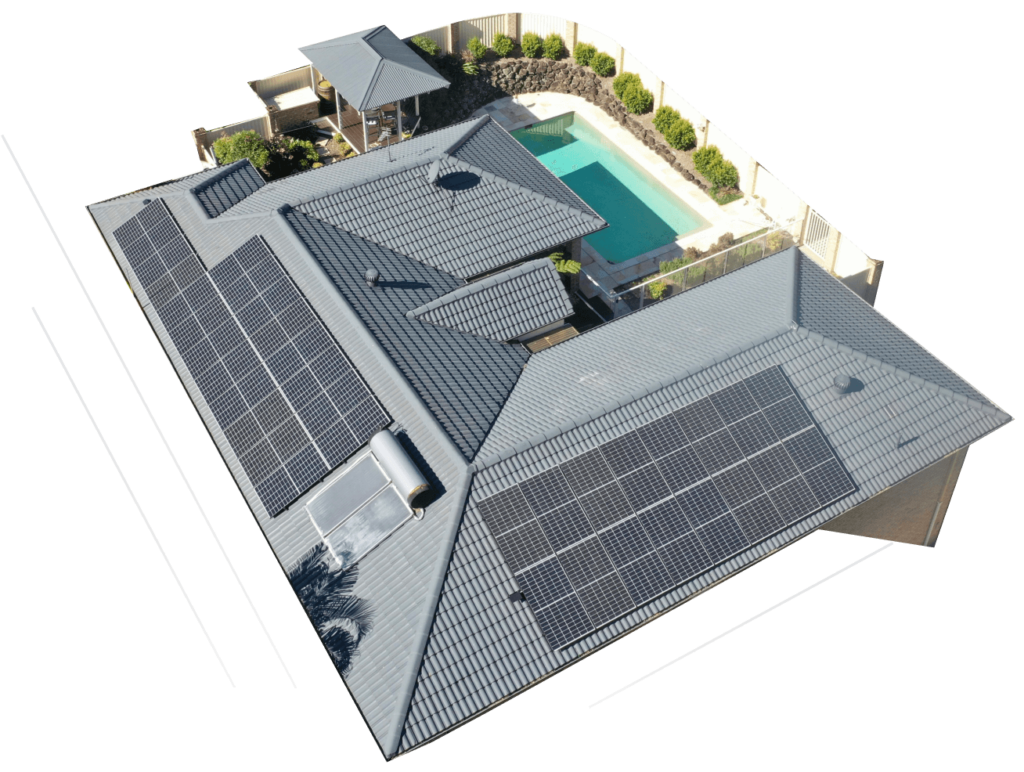
Why Choose Power Connections?
12 Years in Business
We know this industry well and the science of solar
Family Owned
We're a privately owned family business that gives back
Highest Quality
We have the highest quality panels, batteries and installers
Best Financing
We offer $0 Down and Rates as low as 2.99% with Cash-Out options
Why Go Solar?
When you choose solar, you choose consistency, independence, and a wise financial decision.
Go Solar With 0$ Down Payment
Save Money Now With Great Tax Incentives
Stop Paying Increasing Electricity Costs




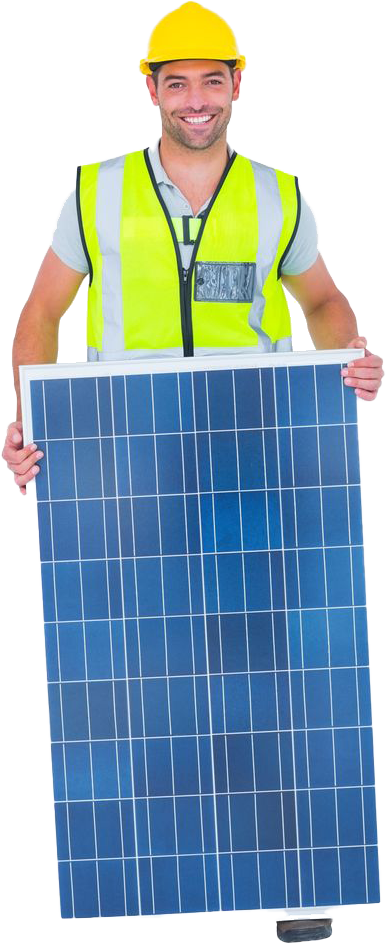
Simple Process
1
Analyze Usage
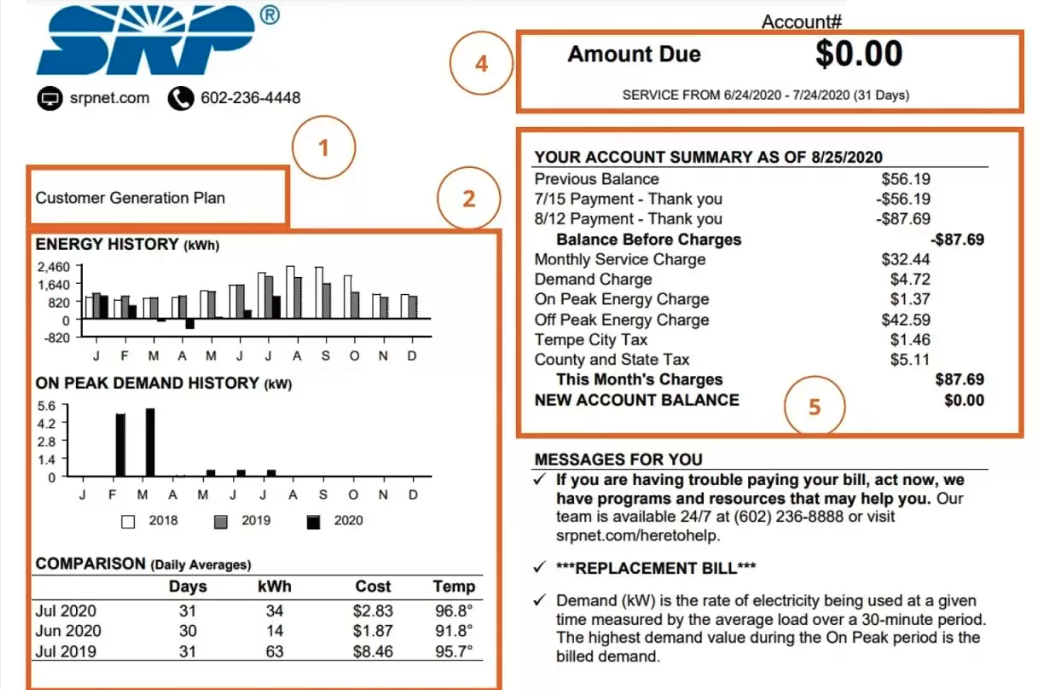

Assess Current Rates
Compare with Solar
2
Weigh Out Options
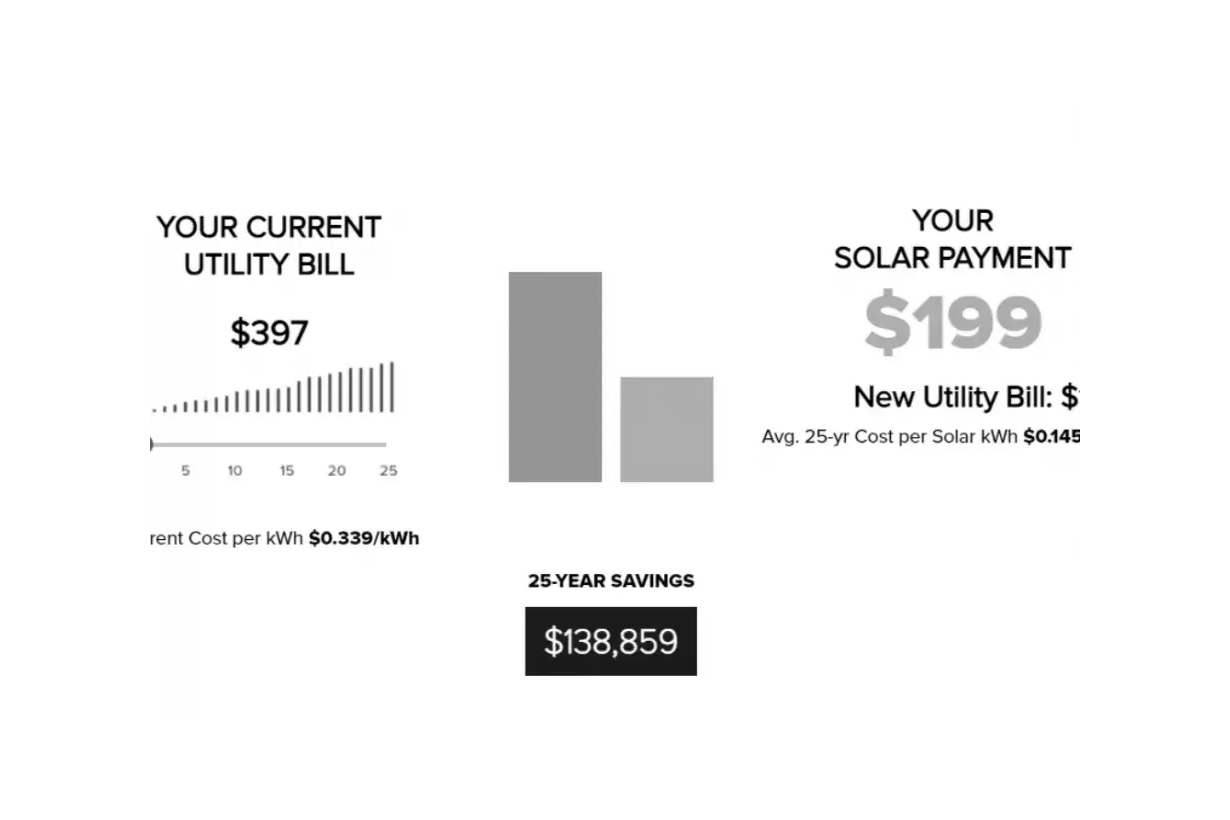

Compare Options
Choose Financing
3
Planning & Design
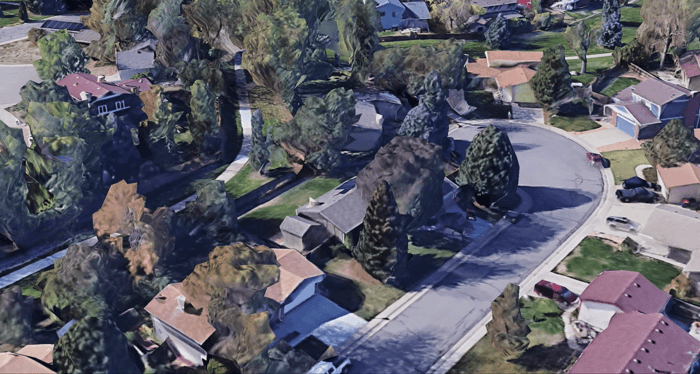

Roofing & Location
Approval & Permits
4
Solar Installation
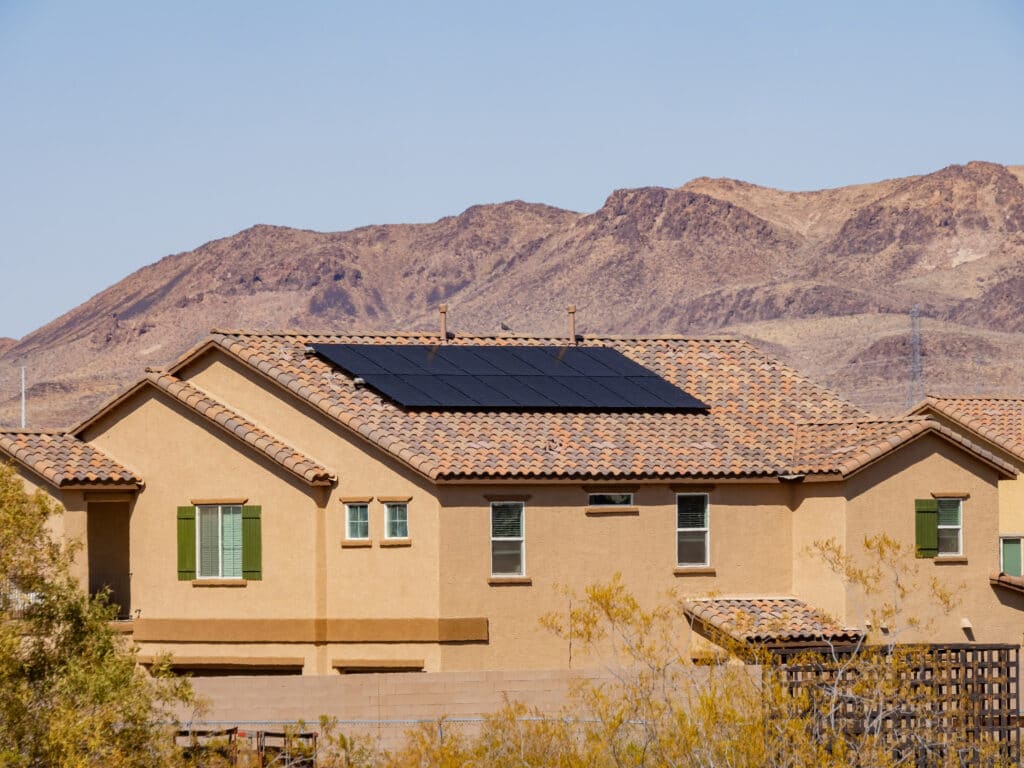

Installation Day
Guarantee & Warranty
+0
Happy customers trusted Power Connections
Our customer is truly our #1 priority and our entire business revolves around our customers. Every experience must be 5 Stars or the job isn't finished
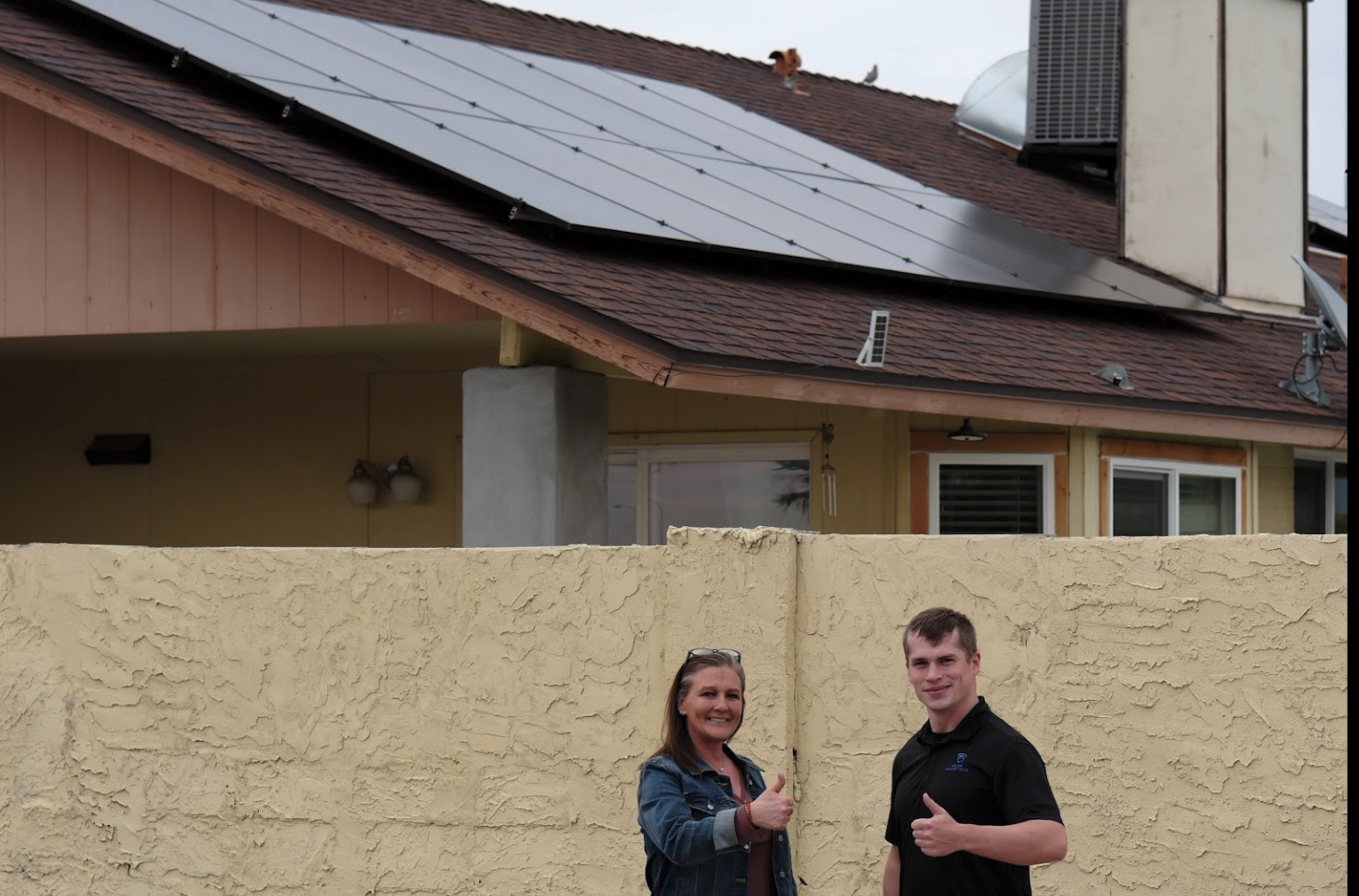
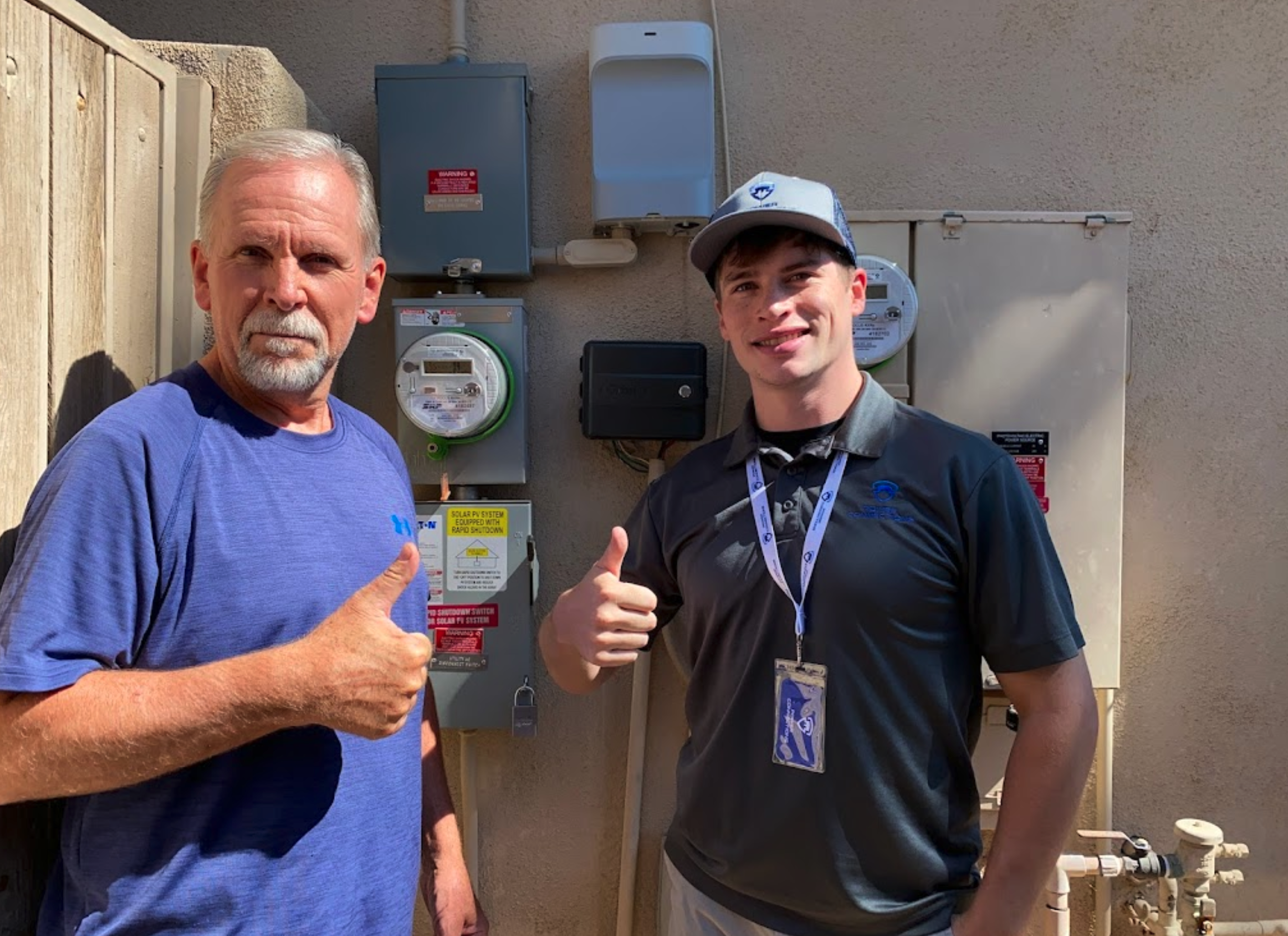
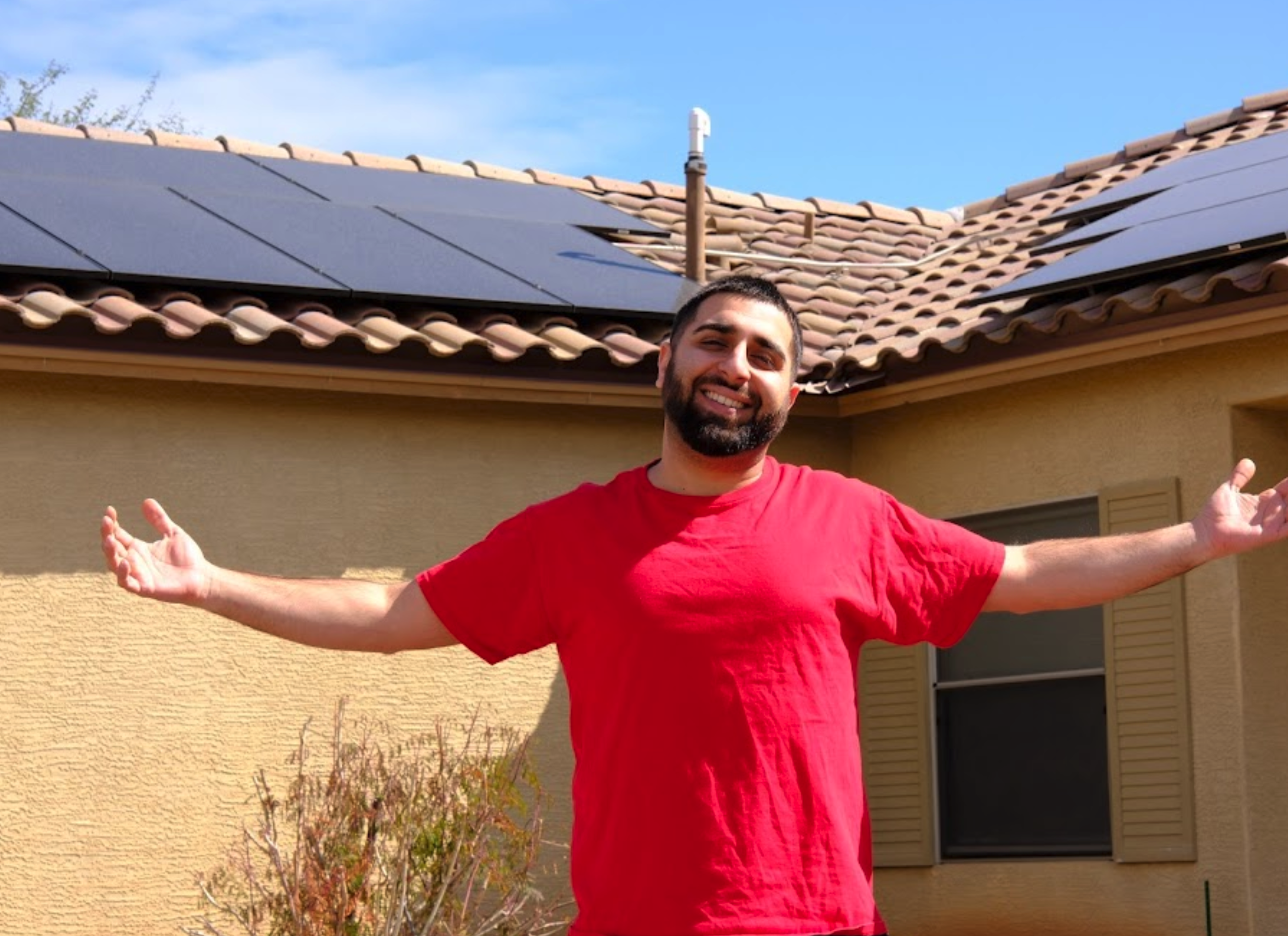
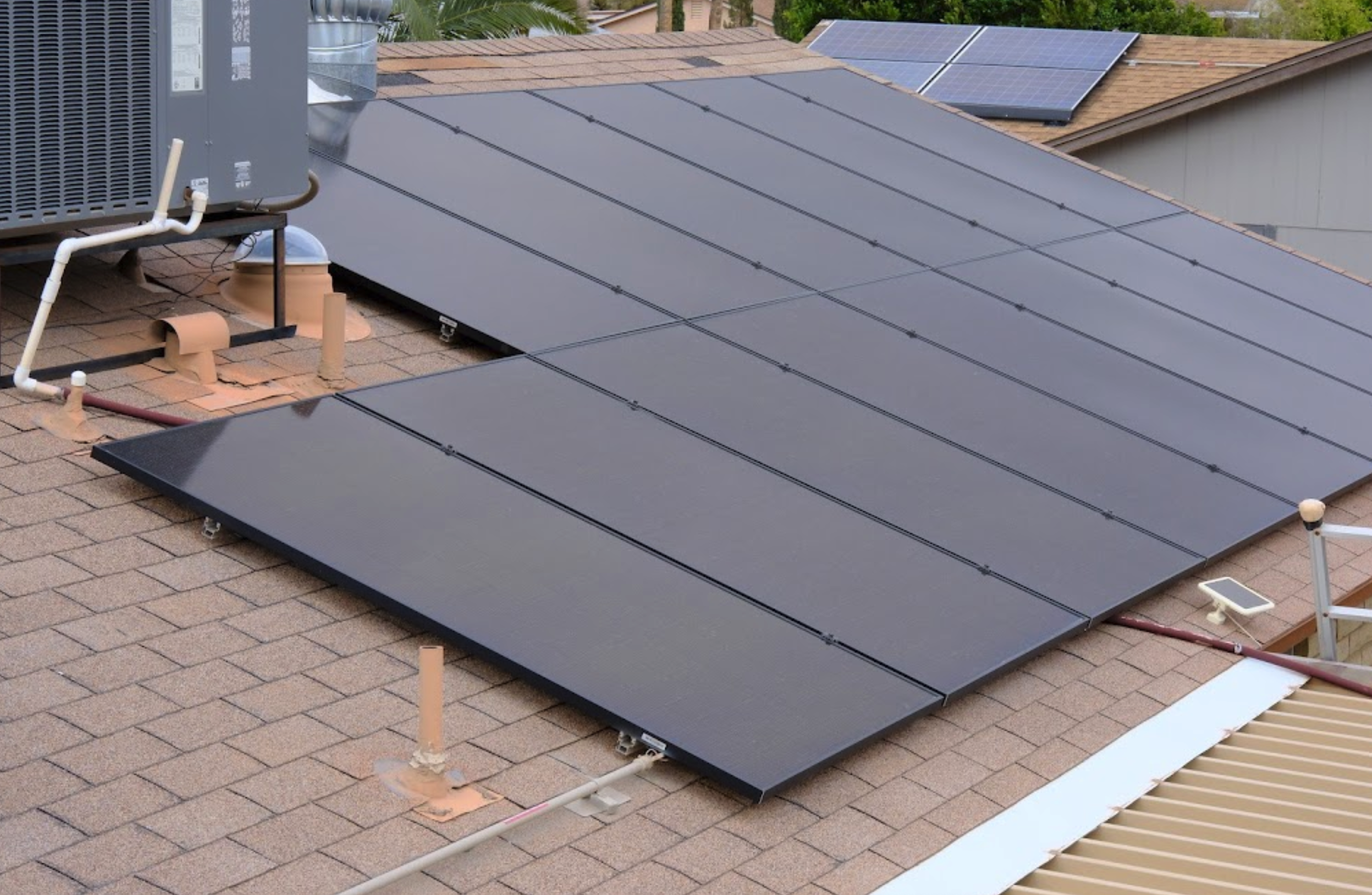
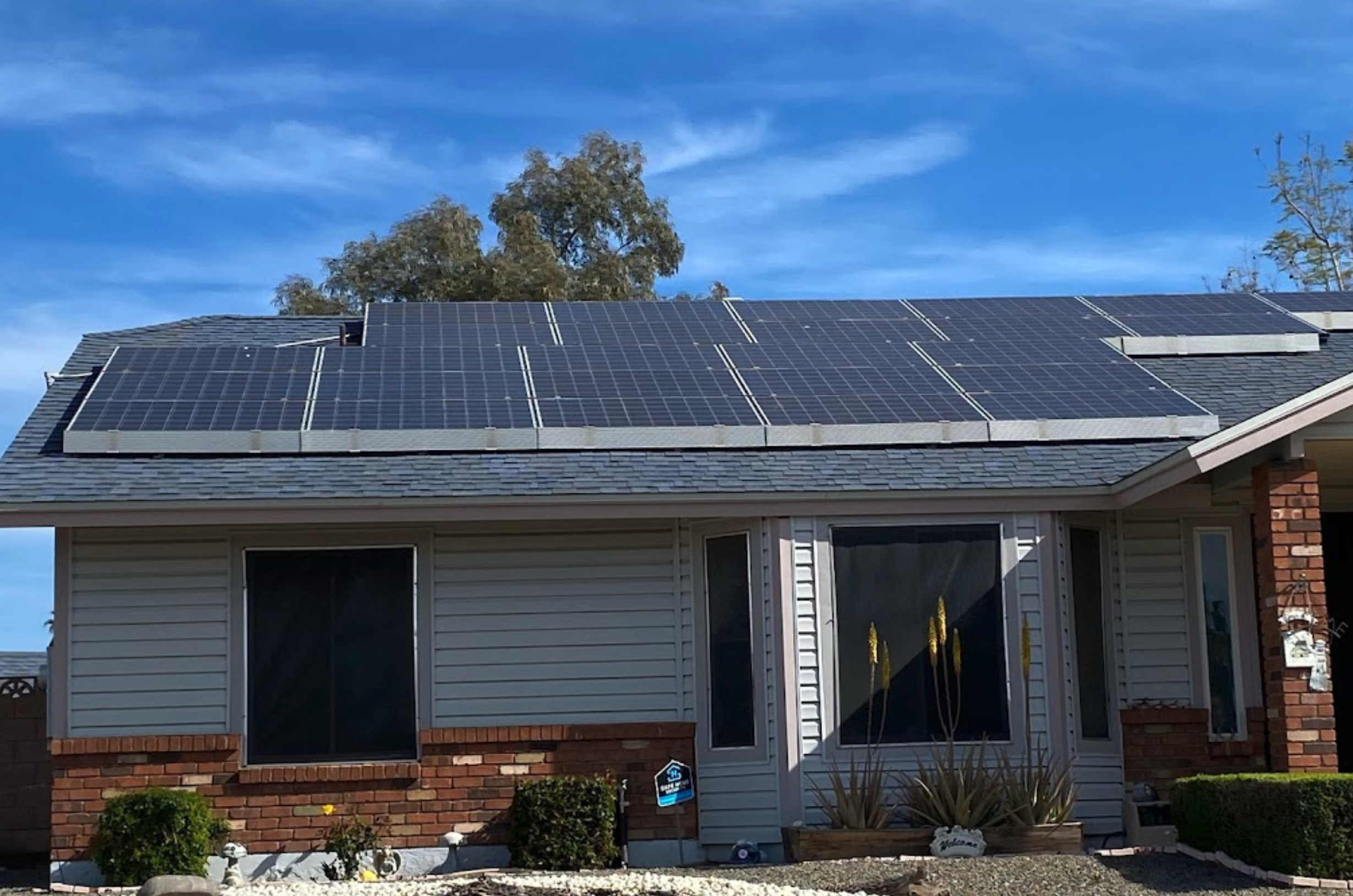
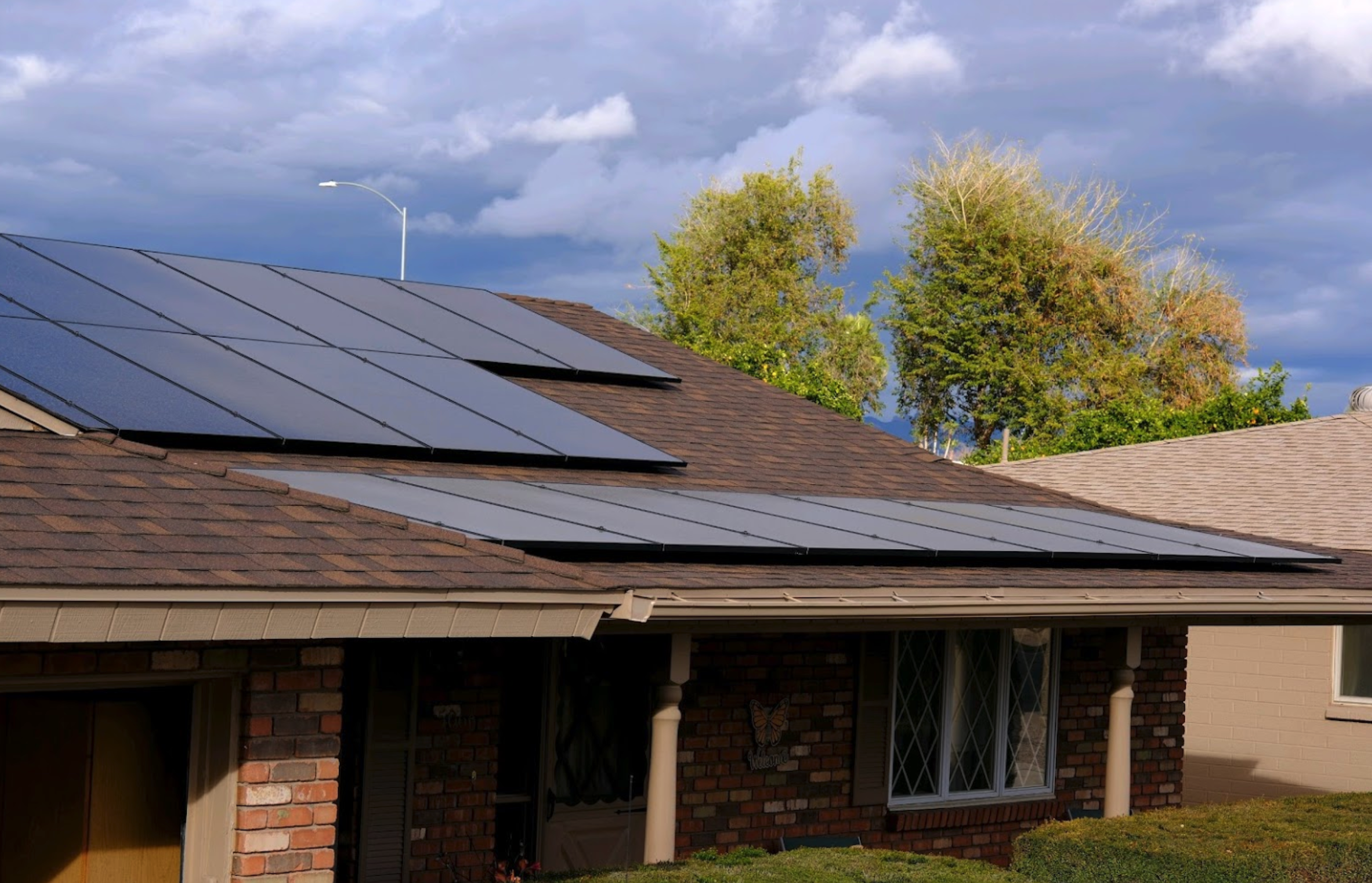
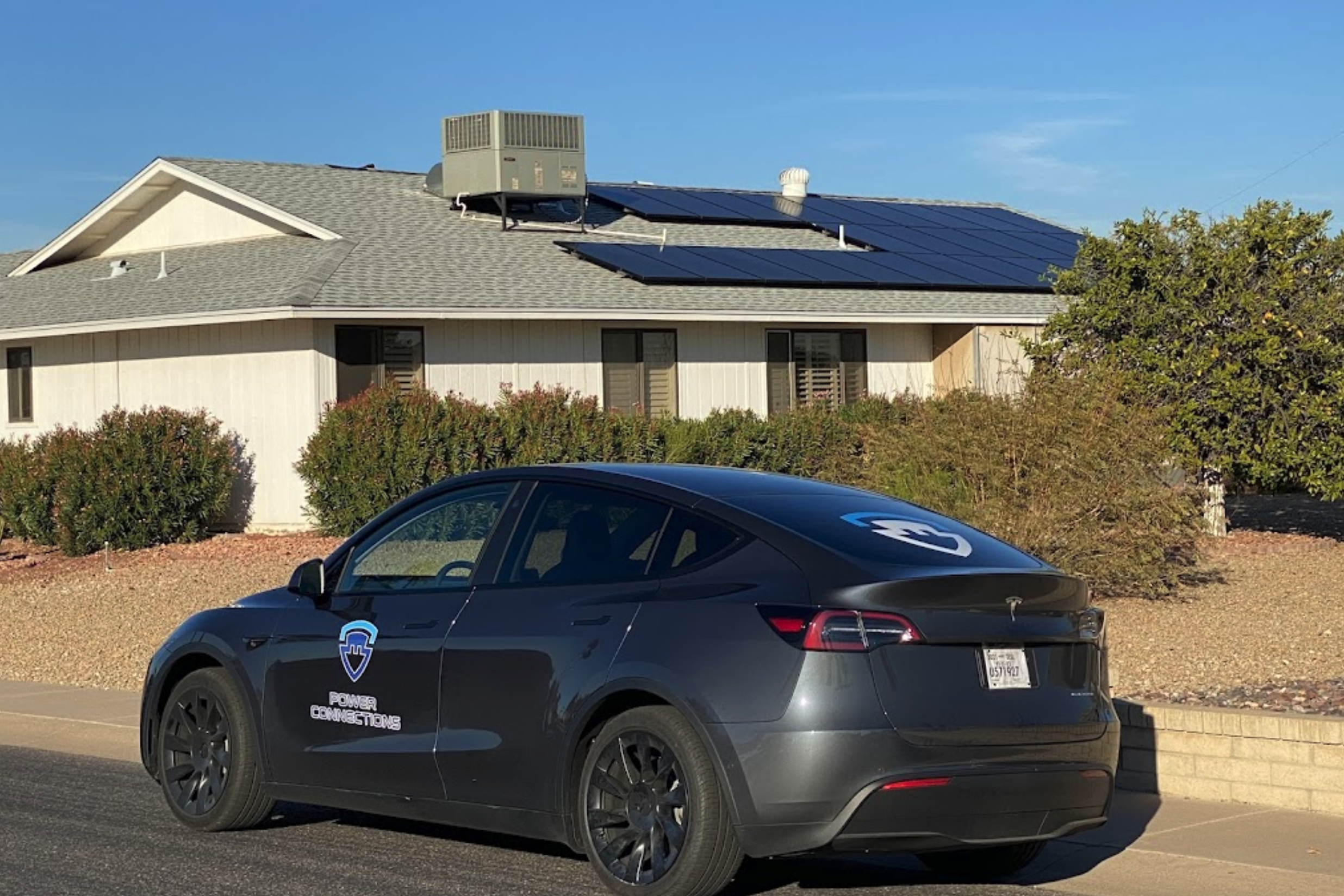
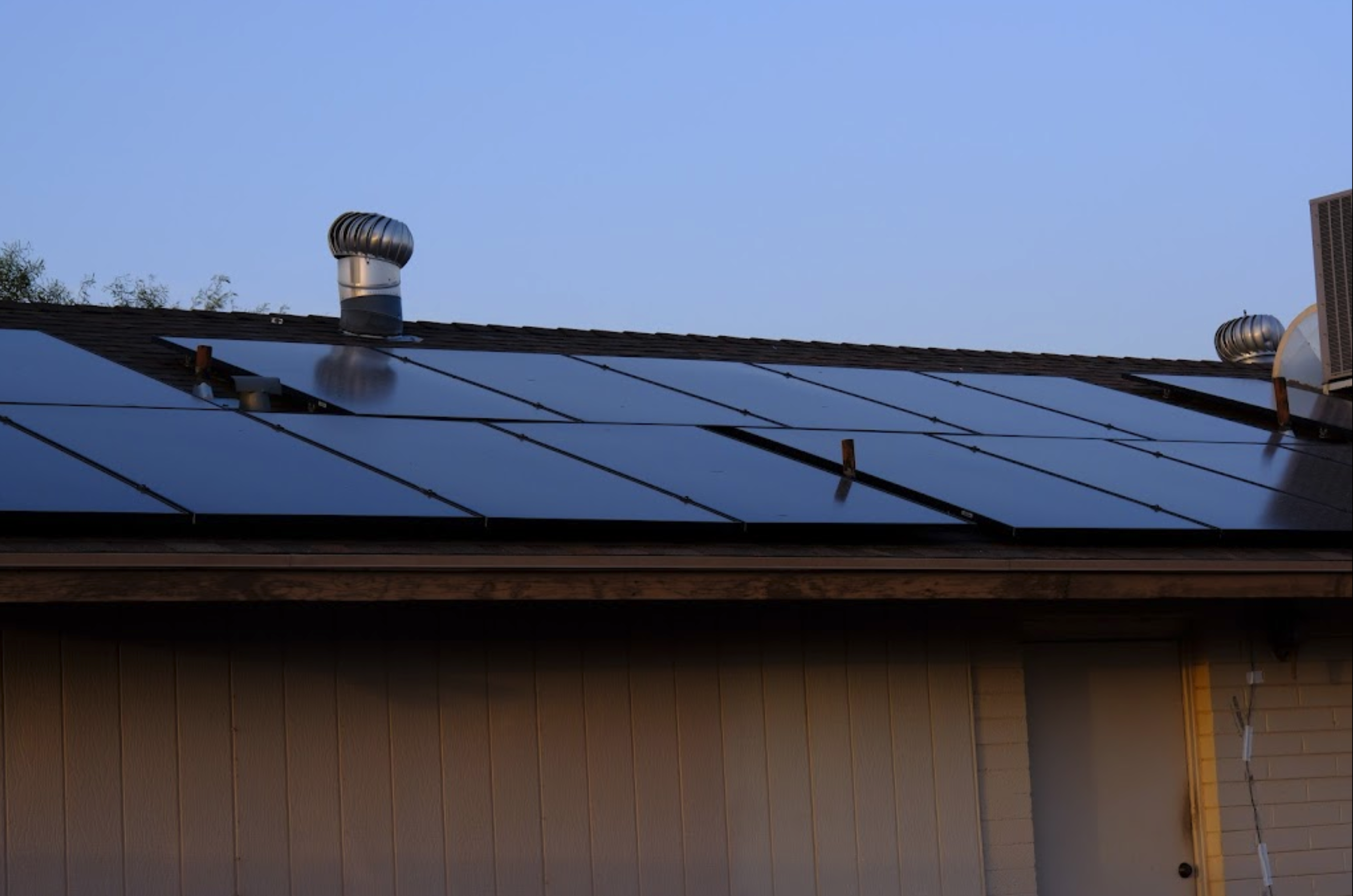
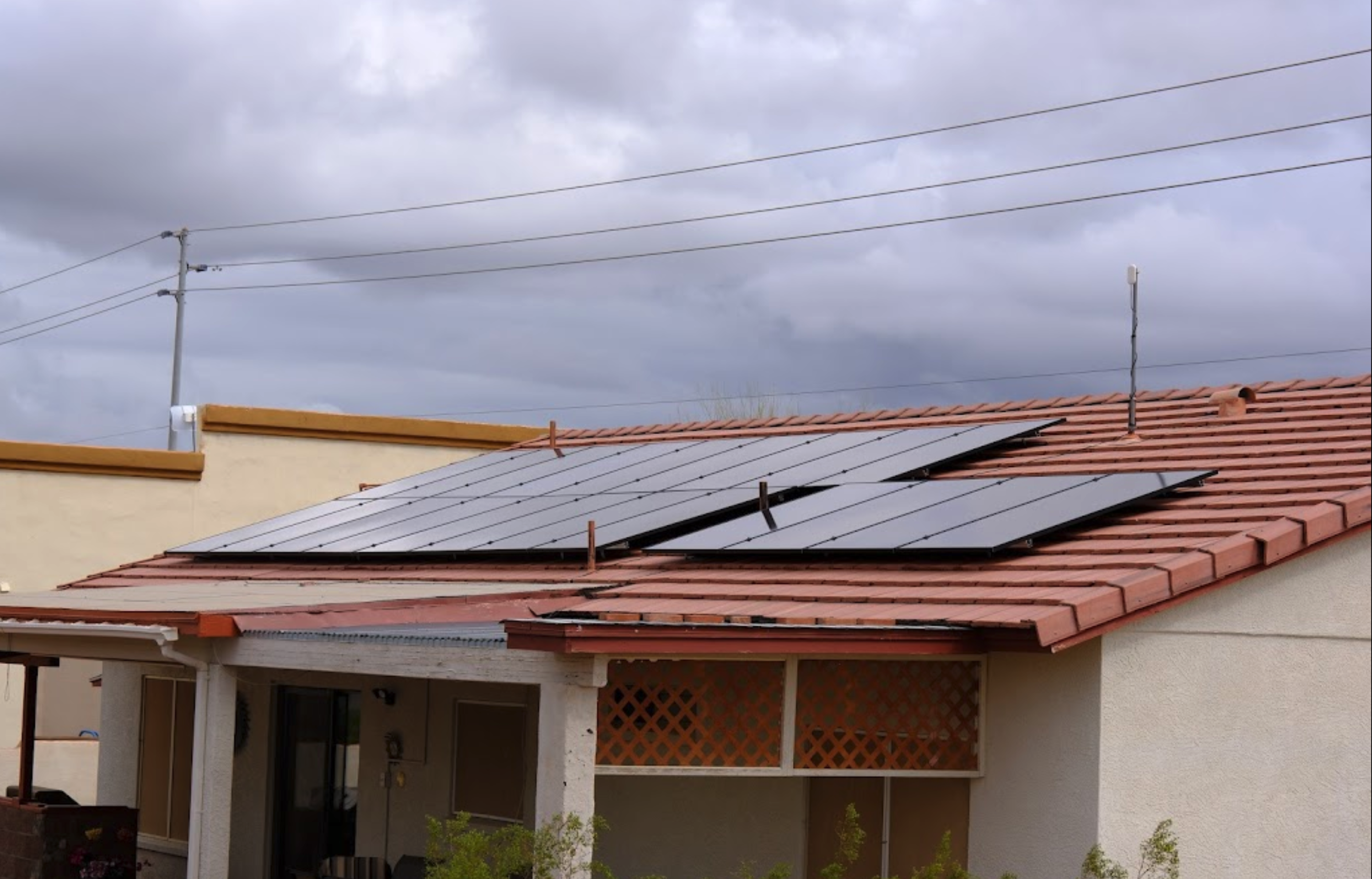
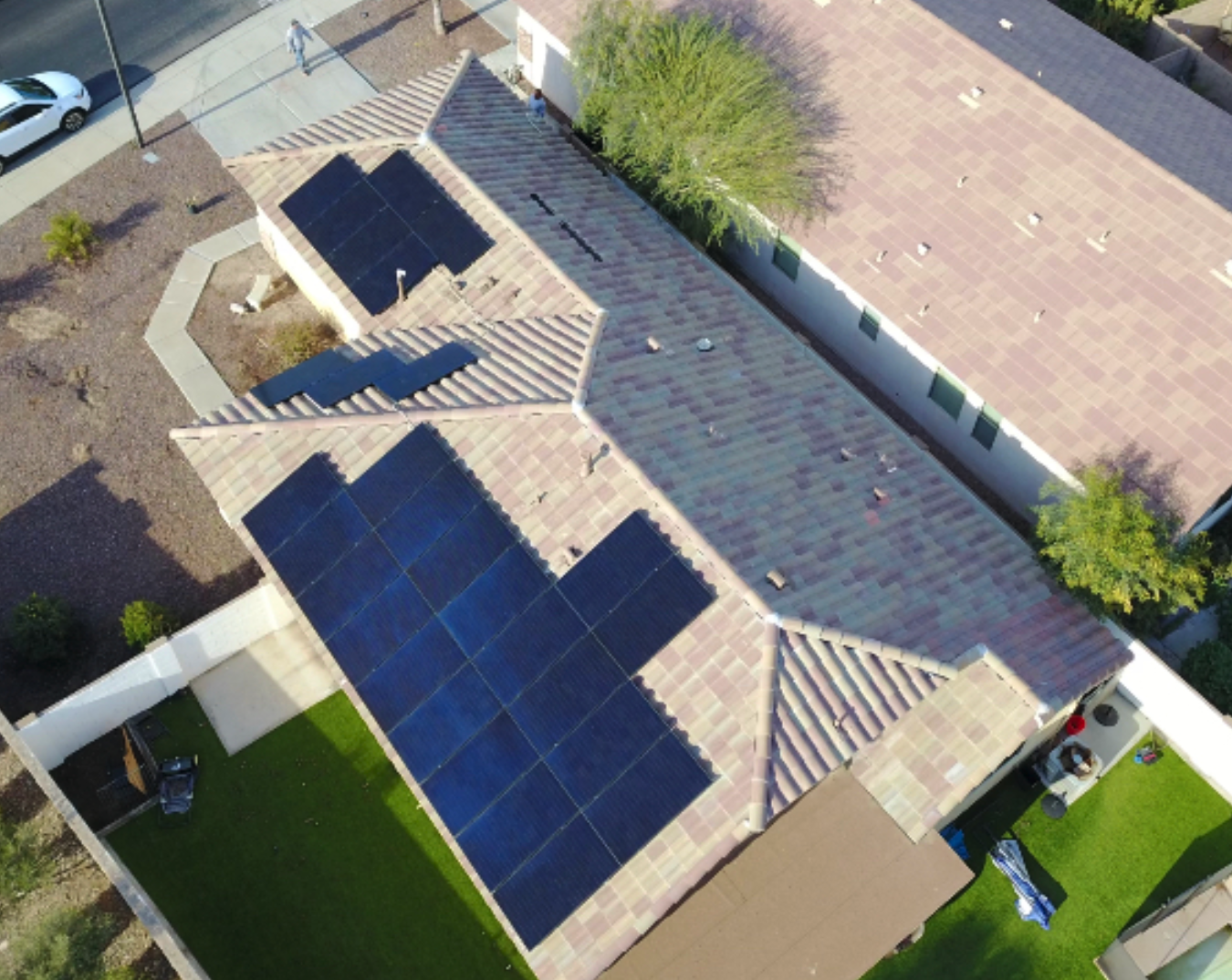
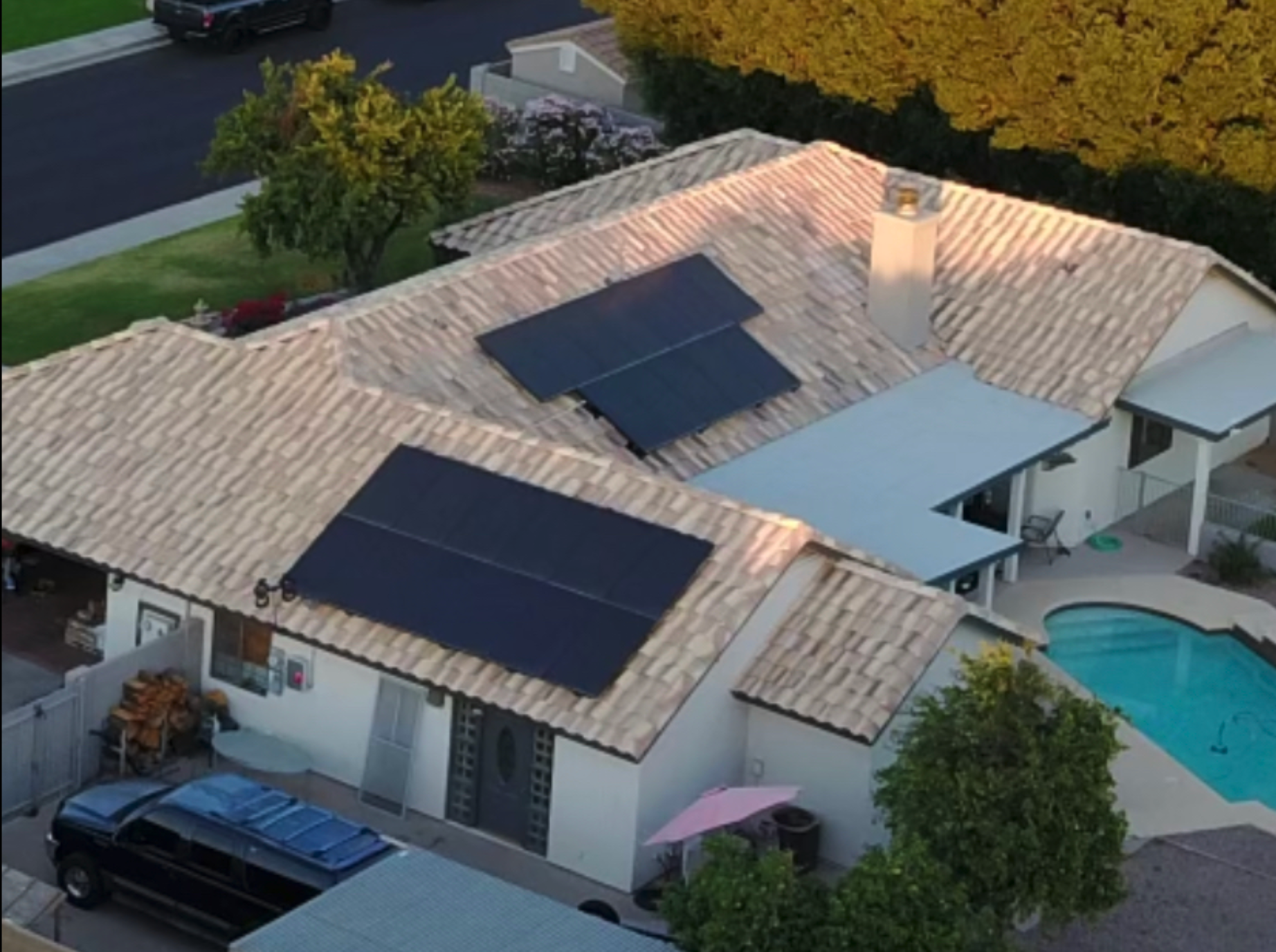
Customer Reviews
Power Solutions saved me $220 per month and I got cash back to buy a hot-tub powered by the sun. So pretty much I got a free hot tub and $200 a month in my mind. Power Connections was awesome from start to finish with the installation and I recommend them to ANYONE who is even slightly considering solar

John Z
I loved PowerConnections. Our Rep was a great help. I needed a new roof so he helped me and included a brand new roof into my loan! And it looks great. The installation only took 2 days and the team was very nice. Turns out my neighbor across the street was the manager of the solar installation team. His wife brought lunch for the whole crew. Definitely go with PowerConnections if you are considering solar. Couldnt, be happier with my decision.

Nineev Y
I would HIGHLY recommend Power Connections to install solar panels for my family and friends. I'm writing this review in response to the large number of scammy & misleading solar companies appearing on local news team investigations across the US.that are tricking and misleading. It is one of the good guys. Overall it was professional, transparent, communicative, and installation days were fast & efficient.

Carl Hoffman
greatly appreciated having the support of power connections as I went through the process of researching and going solar for my home. It really made a difference having someone guide me through my options, vet the installers and be available to ask questions. I'm really grateful for the calm advice without any pressure from the staff.

Liam Anderson
Very kind young man showed up to my door. After checking out my equipment he showed up the next day. They were able to save me 75 dollars off of my electric bill right away! The install team was very nice and took care of everything without me having to do much. They made everything super easy for me. I would definitely recommend PowerConnections to my friends and family.

Angelica G
We're not getting rich on the savings, but it is cheaper and supports a growing and viable business model. one of my co-workers had a one home solar system put up at his place and the stories were great entertainment for the rest of us for almost 6 weeks. this was stupid easy compared to what he went through. I give them an A+ on everything and highly recommend

Cassandra Scott
FAQs
Solar panels are made up of photovoltaic (PV) cells made of silicon. When the sun’s rays hit them, these cells convert sunlight to electricity. Individual cells are wired together to form a solar panel. Panels are typically three feet by five feet. They are coated in tempered glass, which allows them to withstand harsh weather.
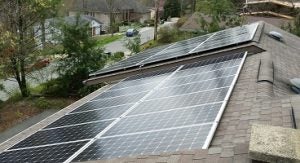 The electricity produced by a single solar panel is not enough to power a home or business, so multiple solar panels are needed. The number of panels varies by installation, but every solar system (also called an “array”) will include a series of panels mounted and wired together. This array may be installed on a roof (“rooftop solar”) or on the ground-level (“ground-mounted solar”).
The electricity produced by a single solar panel is not enough to power a home or business, so multiple solar panels are needed. The number of panels varies by installation, but every solar system (also called an “array”) will include a series of panels mounted and wired together. This array may be installed on a roof (“rooftop solar”) or on the ground-level (“ground-mounted solar”).
The electricity generated by solar panels takes the form of direct current (DC). However, most appliances and electricity-consuming objects (called “electric load”) require alternating current (AC). To convert the solar electricity from DC to AC, an inverter is needed. You will need to choose between two types of inverters: a central inverter and microinverters. While both perform the task of converting electricity from DC to AC, they differ in critical ways.

A central inverter receives all of the electrical output of your entire solar system and converts it from DC to AC at a single, central location. A single central inverter is required for a solar system. It is often mounted on the side of your home or building next to your electric meter. Central inverters are steadfast and affordable, but they are susceptible to variations in panel performance. If one panel is shaded and produces less electricity than the others, the total electrical output will drop.
If shading is of concern, microinverters or DC optimizers can help maximize production. Unlike central inverters, microinverters and DC optimizers individually mount to the backside of each individual solar panel. They capture the electricity that flows off of each panel. DC optimizers work with a central inverter that converts DC to AC. Microinverters convert DC immediately to AC right under the panel. With either DC optimizers or microinverters, if one panel is shaded, it will not affect the output of the whole array. By design, both DC optimizers and microinverters help maximize the conversion of electricity and are useful in situations with variable shading. What’s more, because they allow each panel to operate independently of one another, both make it easy to add more panels to a solar array in the future.
Once electricity is produced by the solar panels and converted from DC to AC by the inverter(s), it will flow through your electric meter and into your home or building. It will be used on site the moment it is created. Any excess will flow back out through your electric meter and onto the local grid.
Think of your solar array as a 25-year investment. Solar panels will produce electricity for at least 25 years. (See “Do systems come with warranties?” question for information on the warranties you’ll receive with your system) Panels will continue to generate electricity after 25 years, but at a decreasing rate. While microinverters will likely last for the duration of the PV system, you may need to replace central inverters after 15 years.
The size of your optimal solar array will be influenced by many variables. Before analyzing those variables, you should understand how solar is sized and measured. The electrical capacity of solar panels is measured in watts (W). The typical solar panel is rated at 250-300 W. To get the total power (in watts) of your solar array, add together the wattages of each panel. Let’s say you had 10 300 W panels installed. The total wattage of your system would equal 3,000 W. 1,000 W is equal to 1 kilowatt (kW), so another way to describe the size of that system would be 3 kW. The average size of a solar array is 5 kW.
Your installer will estimate how many panels can fit on your roof given its footprint and shade susceptibility to determine the ideal size of your system. If the size of your roof is limited (meaning fewer panels can be installed), installers can compensate by offering high-efficiency panels. These panels will have a higher power rating (typically 300-350 W), and therefore will produce more electricity per panel. Installers will also use geospatial data to determine the optimal system size for your property, as roof orientation and climate factors will affect how much electricity your system produces. The final factor that will influence the size of your solar array is your project budget. Installers work closely with clients to maximize the amount of solar they install for the customer’s budget.
While sizing your solar array, installers will consider how much the solar electrical output will offset your electricity needs. While the power capacity of solar panels is measured in watts (or kilowatts), the amount of electricity produced by the panels is measured in watt-hours (or kilowatt-hours).

You may recognize the term kilowatt-hour (kWh) from your electric bill. Utilities charge their customers based on how many kWh of electricity they consume each month. If you look at your utility bill from any billing cycle, you’ll be able to see exactly how many kWh of electricity your home or building consumed that month. Each kW of solar you install will produce a certain number of kWh, which will directly offset your utility electricity consumption. The kW-to-kWh relationship varies with latitude and climate. Your installer will be able to accurately predict how many kWh of electricity your solar panels will produce each year.
To estimate how much solar you can install on your roof (and how much electricity it will produce each year), we recommend using the PV Watts tool. To get a sense of how much your solar will offset your electricity needs, divide the annual kWh production estimate by your annual kWh consumption of utility electricity (the sum of 12 monthly bills). View tutorial.
You will earn credit for the solar electricity you generate through a policy called net metering. Net metering allows you to offset your utility electricity consumption with the solar electricity your array produces. When your system generates electricity, that electricity flows into your home or building and is consumed on-site. When your solar panels produce more electricity than your home or building needs, the excess electricity is sent out to the local grid, where it is consumed by your neighbors. Through net metering, you receive full credit for the excess electricity you feed onto the grid. Once you install solar, your monthly electric bill will be calculated to reflect: the total amount of electricity you consumed minus the total amount of electricity you produced (i.e., the solar electricity you fed onto the grid).
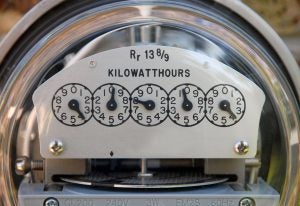
It is common for solar arrays to produce surplus electricity during certain times of the day, months, or seasons. Consider, for example, a sunny summer day. Your panels will produce a high volume of solar electricity during the day, but you are likely away from home and not consuming any of that electricity. In that case, the solar surplus will flow back out to the grid. Net metering enables you to receive credit for these seasonal or daily surpluses. Your utility will then apply those credits to your monthly bill, covering the electricity you purchase at night or during periods of low solar production. Should you have excess credit at the end of a billing cycle, you’ll be able to roll it over to the next month.
By allowing you to offset your utility electricity consumption with your solar electricity production, net metering helps you reap the full financial value of your solar array. Most states have passed laws enabling net metering. If you live in a state with net metering legislation, you are guaranteed the right to net metering, regardless of where you live or who your utility company is. Learn more about state-specific net metering laws.
Solar is a simple, minimum-maintenance technology. Unlike other energy technologies, solar PV contains no moving parts. This means it’s not likely your equipment will fail. You should not have to replace your panels at all during their lifetime. Wiring is the part of solar PV that most commonly requires maintenance because squirrels and other animals may tamper with it. Depending on your inverter type, you may also need to have your inverter replaced 10 to 12 years after installation. Extended warranties can cover this equipment replacement cost. Ask your installer for details.
In most cases, solar panels do not need to be washed, as rain and snow naturally clean them. In areas with less rain and lots of dust or pollutants in the air, occasional cleaning may improve performance. We do not recommend climbing up to your panels to wash them. If you live in an area where cleaning is needed, contact a solar professional.
Even though solar is low maintenance, we recommend asking your installer or another qualified solar professional to inspect your array every 3 to 5 years to make sure things remain in good operating order. They’ll do a visual inspection of all equipment, check for things like wire damage from critters, and make sure your system is performing properly.